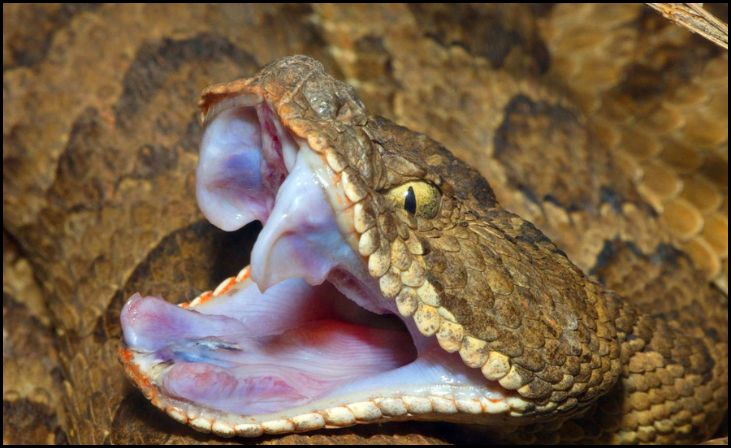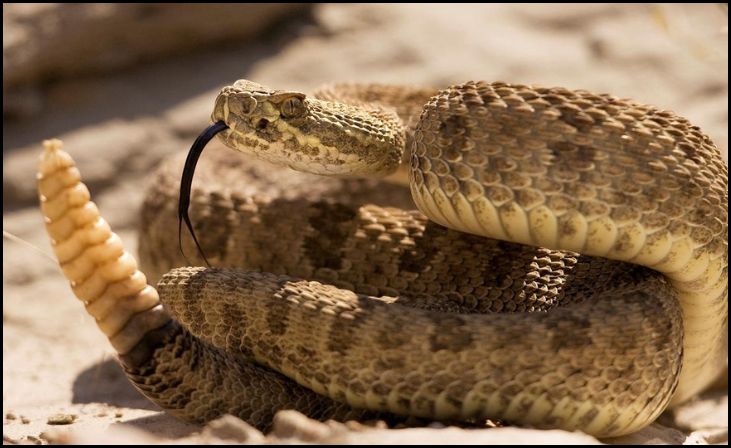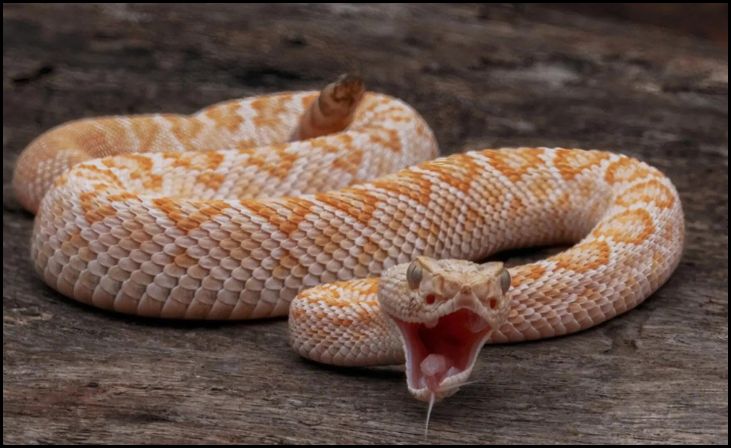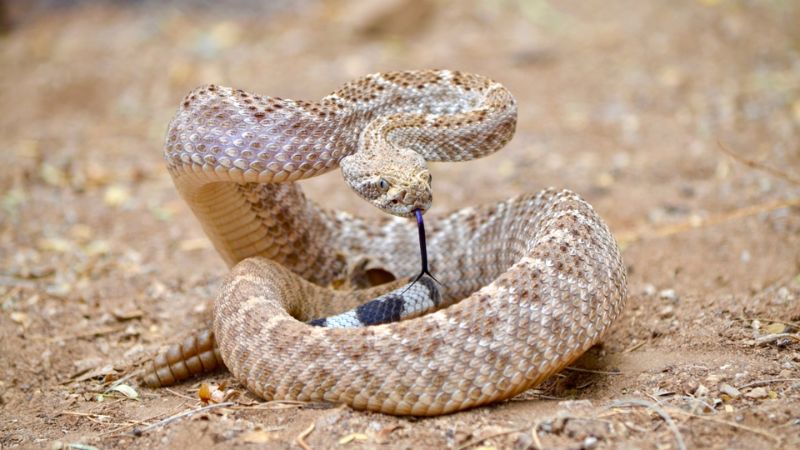Rattlesnakes are among the most fascinating and misunderstood creatures in the animal kingdom. Known for their distinctive rattling tail and venomous bite, these reptiles play a crucial role in their ecosystems. Despite their fearsome reputation, rattlesnakes exhibit a range of unique behaviors and biological adaptations that make them remarkable. Understanding these features can help demystify these often-feared serpents and highlight their importance in nature. In this blog, we will explore seven intriguing facts about rattlesnakes, shedding light on their physiology, behavior, and ecological significance. Whether you’re a nature enthusiast or simply curious, these facts will offer a deeper appreciation for these incredible reptiles.
1. Rattlesnakes Have Highly Specialized Sensory Organs

Rattlesnakes possess a set of highly specialized sensory organs known as pit organs, located between their eyes and nostrils. These organs are heat-sensitive and allow rattlesnakes to detect infrared radiation emitted by warm-blooded prey. This adaptation enables them to hunt effectively even in complete darkness. The pit organs are incredibly sensitive, capable of detecting temperature differences as minute as 0.003 degrees Celsius. This sensitivity gives rattlesnakes a significant advantage when tracking and ambushing prey. Additionally, these sensory organs play a critical role in their defensive behaviors, allowing them to sense potential threats and react accordingly. The combination of visual, olfactory, and thermal cues makes rattlesnakes highly efficient predators.
2. The Rattle is an Ingenious Warning Device
The iconic rattle of a rattlesnake is a unique evolutionary adaptation designed to ward off potential predators. Composed of keratin, the same material as human fingernails, the rattle consists of interlocking segments that create a buzzing sound when vibrated. Each time a rattlesnake sheds its skin, a new segment is added to the rattle, although the rattle can break over time. This auditory warning system serves as a deterrent, signaling to would-be predators that the snake is venomous and ready to defend itself. The rattle’s sound can vary in intensity and duration, depending on the snake’s size and the perceived threat. By avoiding unnecessary confrontations, rattlesnakes conserve energy and reduce the risk of injury.
3. Rattlesnake Venom is a Complex Cocktail
Rattlesnake venom is a complex mixture of proteins, enzymes, and other molecules designed to immobilize prey and begin the digestive process. The composition of the venom can vary significantly between species and even among individuals within the same species. Typically, rattlesnake venom contains both hemotoxins, which destroy blood cells and tissues, and neurotoxins, which affect the nervous system. This dual-action venom makes it highly effective for subduing prey quickly. Interestingly, some rattlesnakes can control the amount of venom they inject, delivering a “dry bite” when warning off larger animals, including humans. This adaptation helps conserve venom for hunting, highlighting the snake’s ability to modulate its chemical arsenal based on the situation.
4. They Exhibit Complex Social Behaviors

Contrary to their solitary reputation, some rattlesnake species display complex social behaviors, especially during certain times of the year. For example, during the breeding season, male rattlesnakes engage in ritualized combat known as “combat dances” to compete for females. These interactions involve entwining and wrestling, with the victor earning the right to mate. Additionally, female rattlesnakes exhibit maternal behaviors, such as remaining with their newborns for several days to protect them from predators. Some species even form communal hibernation dens, where dozens of rattlesnakes congregate to survive the winter months. These social behaviors suggest a level of interaction and cooperation that is often overlooked in reptiles.
5. Rattlesnakes Have a Long Lifespan
Rattlesnakes are surprisingly long-lived compared to many other reptiles. In the wild, they can live up to 20 years, and in captivity, they may live even longer. This longevity is partly due to their low metabolism and ability to go for extended periods without food. Rattlesnakes spend much of their time conserving energy, basking in the sun, and lying in wait for prey. Their slow growth rate and extended lifespan allow them to reproduce multiple times, contributing to the stability of their populations. However, their long life also makes them vulnerable to habitat destruction, human persecution, and other environmental threats, underscoring the need for conservation efforts.
6. They Play a Vital Role in Ecosystems
Rattlesnakes play a crucial role in maintaining the balance of their ecosystems. As apex predators, they help control the populations of small mammals, such as rodents, which can become pests if left unchecked. By regulating these prey populations, rattlesnakes contribute to the health of the entire ecosystem, preventing overgrazing and the spread of diseases carried by rodents. Additionally, rattlesnakes themselves serve as prey for larger animals, such as birds of prey and mammals, highlighting their role in the food web. The presence of rattlesnakes indicates a healthy, functioning ecosystem, and their conservation is essential for maintaining biodiversity.
7. Rattlesnake Conservation is Crucial

Despite their ecological importance, rattlesnakes face numerous threats from habitat destruction, climate change, and human persecution. Many species are considered threatened or endangered due to these pressures. Conservation efforts are crucial to protect these reptiles and the ecosystems they inhabit. Initiatives such as habitat preservation, public education, and research into rattlesnake behavior and ecology are vital for their survival. By promoting coexistence and reducing fear through education, we can help ensure that rattlesnakes continue to thrive in the wild. Conservation strategies must also address the impacts of climate change, which can alter the availability of suitable habitats and prey for these specialized predators.
Conclusion
Rattlesnakes are extraordinary creatures with a range of fascinating adaptations and behaviors that make them essential to their environments. From their highly specialized sensory organs to their complex social interactions, rattlesnakes demonstrate remarkable versatility and resilience. Their venom, lifespan, and ecological roles further underscore their significance in nature. However, the threats they face highlight the urgent need for conservation efforts to protect these remarkable reptiles. By understanding and appreciating the unique qualities of rattlesnakes, we can foster a greater respect for these often-misunderstood animals and work towards ensuring their survival for future generations.

